Koedood equips the first inland vessel with hydrogen propulsion
Emission-free inland shipping
The European goods transport chain could not be imagined without inland navigation. On the contrary: Aiming to become the worlds first climate-neutral economy by 2050, the EU wants to promote inland shipping more actively as one of the most CO2-efficient transport modes. In order to significantly reduce the still quite high emissions on the over 40,000 km of navigable inland waterways, the EU focuses on clean fuel through effective after-treatment of exhaust gases and new forms of propulsion.
In both areas, Koedood acts as a competent partner. The company, which is based in Hendrik-Ido-Ambacht near Rotterdam in the Netherlands, retrofits existing ships with diesel engines that comply with the strict EU Stage V emission regulations. By developing a proprietary after-treatment system we call Koedood Engine & Emission System, or KEES, we have been able to significantly reduce nitrogen oxide emissions, says Sander Roosjen, Research and Development Manager at Koedood.
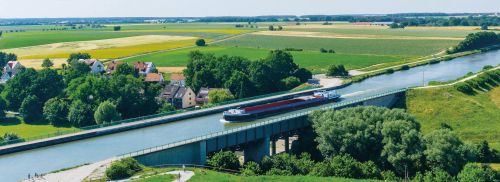
Modular system in 20 ft format
The K2 a reference to the two companies Koedood and Kooiman and the chemical hydrogen formula H2 is dimensioned to fit into a standard 20 ft container. It consists of 32 low-temperature PEM fuel cells, an air supply and a cooling water circuit. The required hydrogen is transported onboard the ship under low pressure.
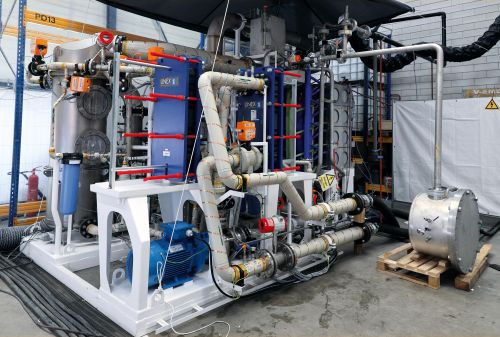
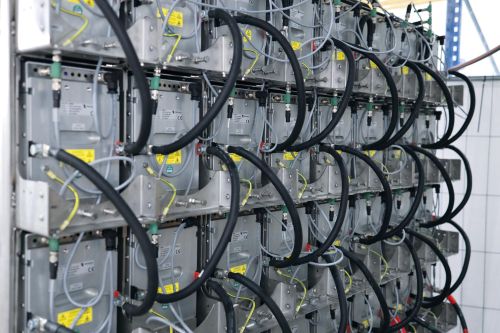
Image 1: The K2 hydrogen generator developed by Koedood and Kooiman is tested before installation.
Image 2: The 32 low-temperature PEM fuel cells produce the energy for propulsion of the vessel.
Sensors ensure optimum efficiency
For monitoring and optimum operation of this system, Koedood uses various sensors from ifm, including the LMC100 point level sensor, the TA2405 temperature sensor, the PT5503 pressure sensor and the LR9020 level sensor. Because it is a completely new propulsion system, we do of course want to collect as much data as possible to ensure smooth operation of the system, says Roosjen.
60 sensors monitor the fuel cell propulsion and transmit the data to the IT level for evaluation.
To achieve optimum efficiency, all relevant process values must be precisely adhered to. So, it is important for us that the sensors are always reliable and accurate. Fresh air with a constant level of humidity must continuously be transported to the fuel cells. In addition, the operating temperature of the fuel cells must be kept at a constant level to ensure the best possible energy yield. In addition to the required energy for the ships engines and on-board electronics, pure water is produced as a by-product of the conversion. We use some of it as cooling water in the process cycle and need to ensure its availability on a permanent basis. The excess water can simply be pumped out of the cycle.
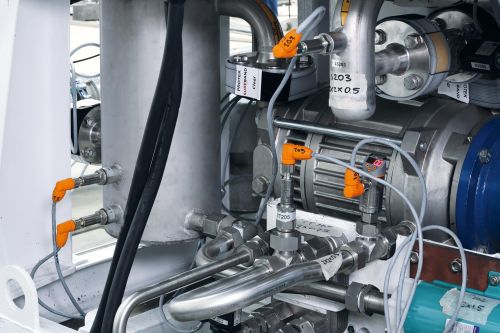
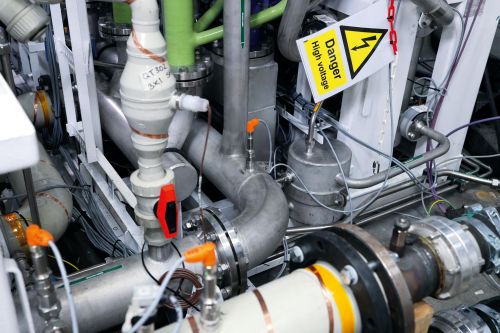
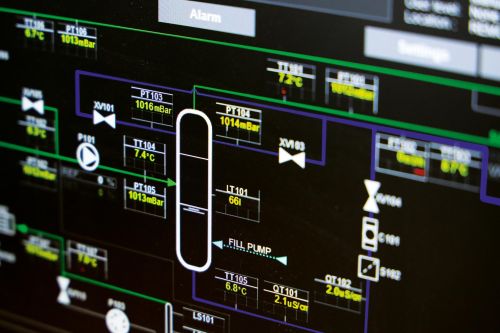
Image 1: The complex process is closely monitored with various sensors in order to achieve maximum efficiency.
Image 2: Precise continuous monitoring of pressure, level and temperature values is necessary to ensure efficient operation of the hydrogen propulsion system.
Image 3: Process values at a glance: The sensor data is not only evaluated in the controller, but also at the IT level. Especially in the course of new developments, deviations and potential areas for optimisation can be quickly identified.
Koedood relies on ifms innovative strength
Koedoods development of a zero-emission propulsion system for inland vessels can truly be called pioneering work.
As an innovative company, we have recognised the potential of inland navigation to become an even greener mode of transport, and we want to do our part with clean propulsion solutions, says Sander Roosjen. This is why we like working with ifm as a company that continuously drives the innovative development of its sensor technology forward. ifm really understands our needs and what we want to achieve, and provides us with the necessary automation solutions. Joining forces and combining strengths and competences gets you further. And that is exactly what ifm and Koedood are doing in the case of maritime fuel cell propulsion.
Conclusion
With innovative developments, Koedood is driving the change towards clean propulsion solutions for inland navigation. The company relies on ifms technical expertise and process sensor technology to achieve maximum efficiency in their hydrogen propulsion systems.